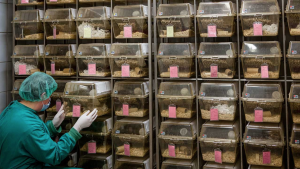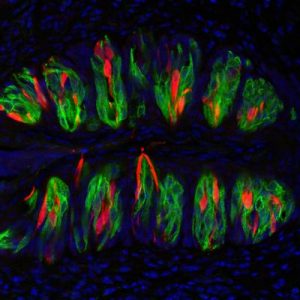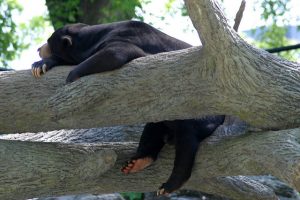How do we reduce the cost of renewable energy? Research from the German Institute of Economic Research, commonly known as DWI, evaluated how regulations/policy (as a support system) and risks in financial investments effect the transition to forms of renewable energy like wind powered plants and photovoltaic systems in Germany. In 2014, Germany mandated the use of renewable energies as their main energy instead of optional as it began in 2012. This ruling forced energy companies to invest in renewables. From this, the authors wanted to know the cost associated in these transactions. In their conclusion, they found that companies utilized hedging to cover their financial cost. Hedging offsets the potential losses or gain incurred by the company’s investment. The authors also found that support programs like green certification, market premiums decrease the ability for the company to hedge their investments. As a result, the consumers would absorb the cost of the risk instead of the hedge fund.
Similar to Germany, other European countries adapted renewables as their main electrical source. However, the investment cost varies between the regions in Europe. The projects in southern and eastern Europe have higher financing than projects in western in northern Europe. This is due to the different funding systems that support the project: a feed-in tariff system, sliding market system, green certificates, and fixed market premiums.
A feed-in tariff system allows developers a fixed tariff on electricity. In this system, the developers bear the risks if the project fails, but they do not have to any other tariffs related to risks, only the fixed tariff.
The sliding market premium offers premiums to the plant operators. Compared to the feed in tariff system, these fees vary in amount. This systems as to incentive forecasting profits and risk before the project begins. The forecasting can aid the design of the wind power plant and photovoltaic system. Italy, Finland, and the Netherlands adopted this method.
Green certificates and fixed market premiums allow developers to sell electricity at market value. So far, the United Kingdom, Sweden, Poland, Belgium, and Romania used this system. They have some of the highest financing cost.
Although green certificate program seems to better idea, this method impacts the ability to hedge, which negative impacts the consumers due to higher cost for electricity. This report provides incite on the ways we can make renewable energy like wind power plants affordable for the masses. Recently, the cost renewable technologies have decreased. If there more affordable investment options, this may ease the energy transition.
Source: May, N, Jurgens, I, Neuhoff, K. Renewable energy policy: risk hedging is taking center stage. 2017.. DIW Economic Bulletin 29:40.













